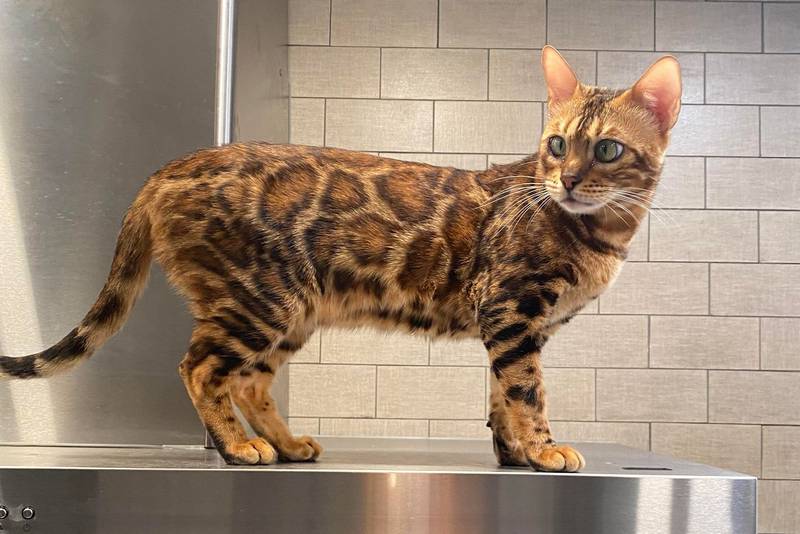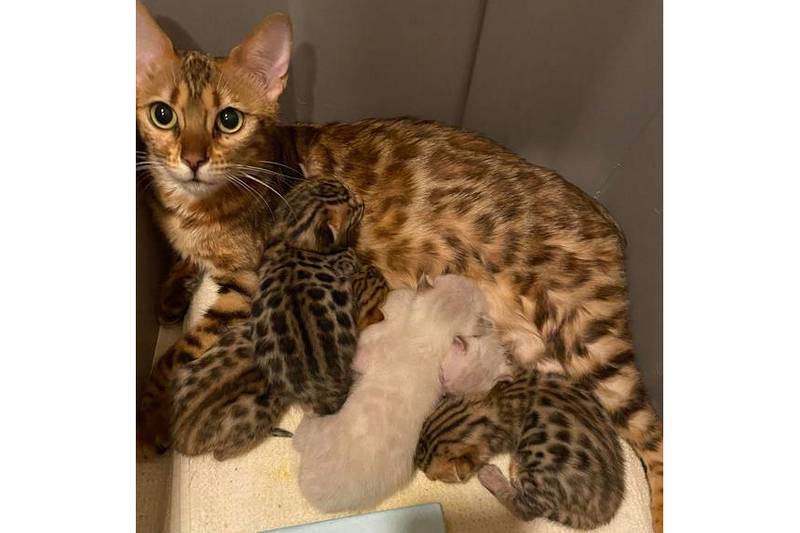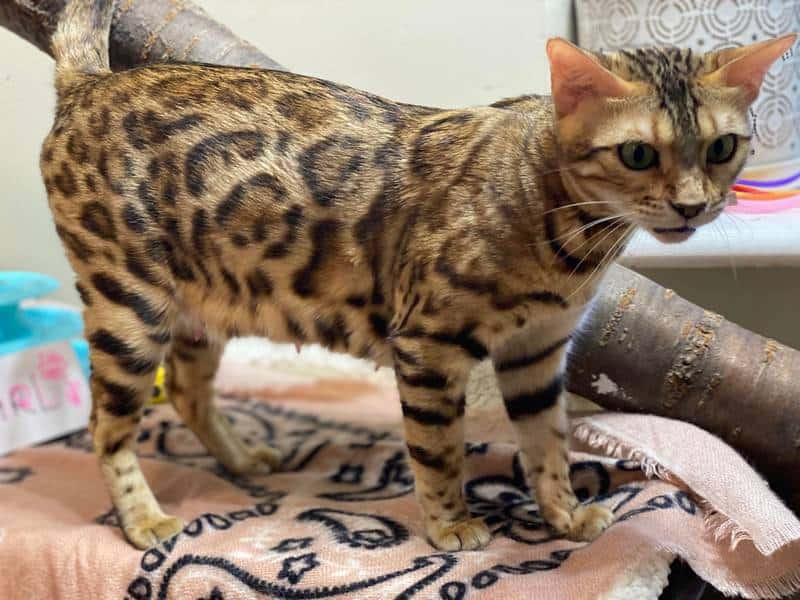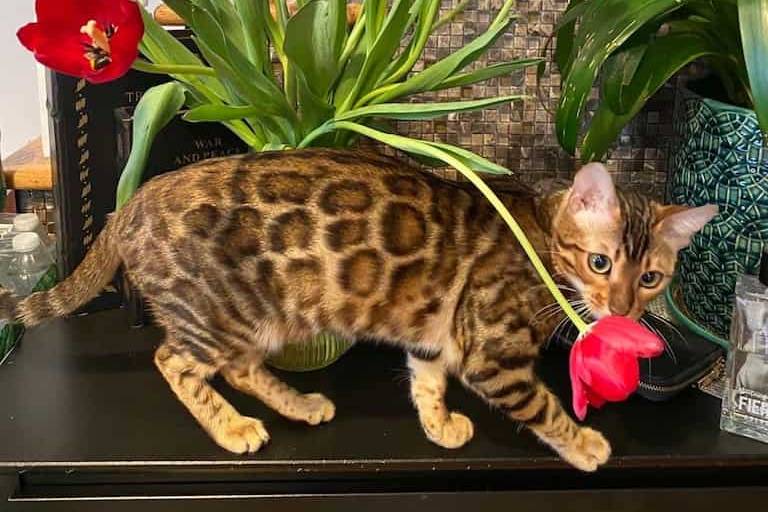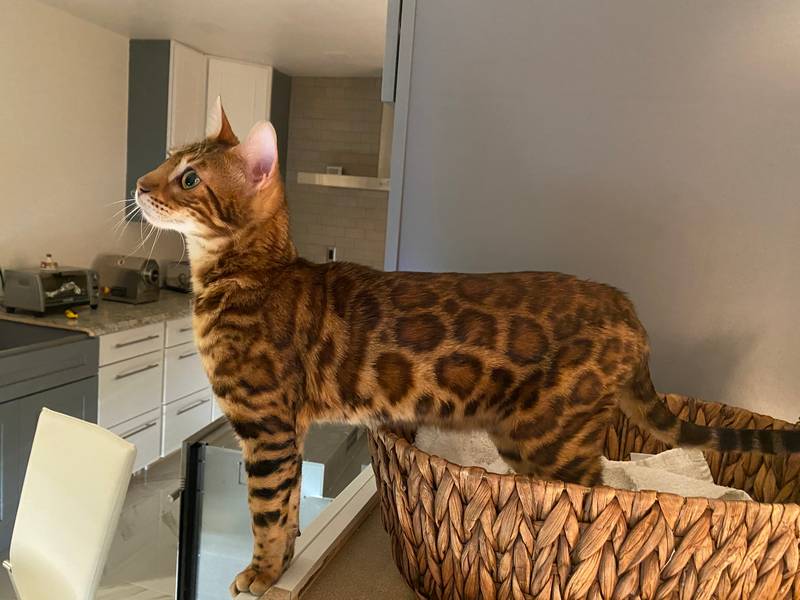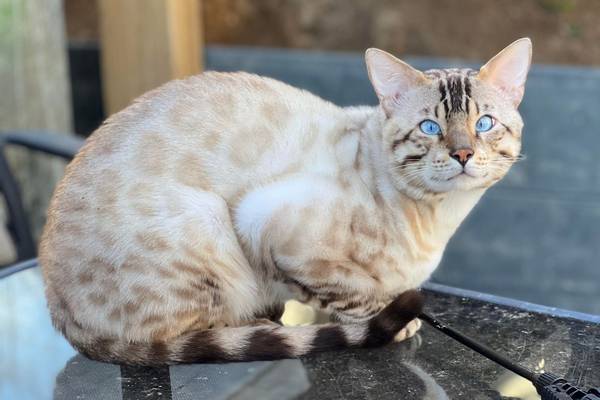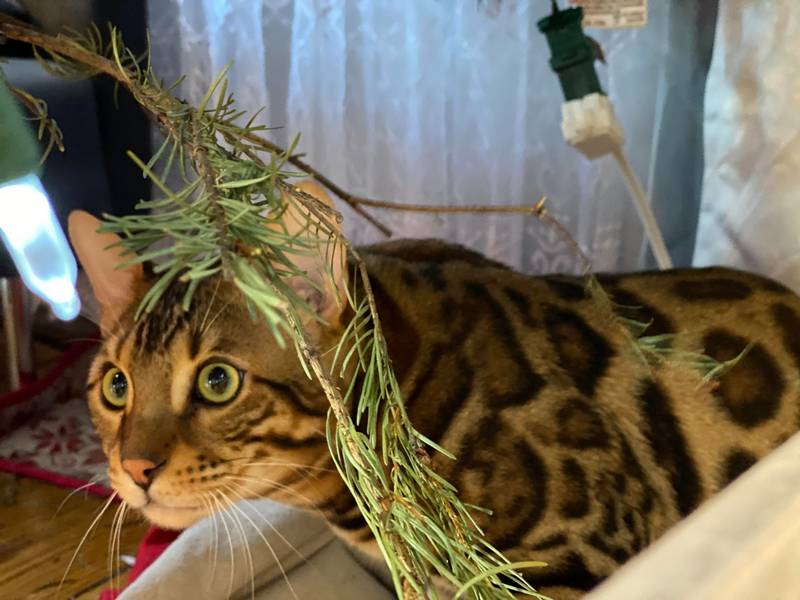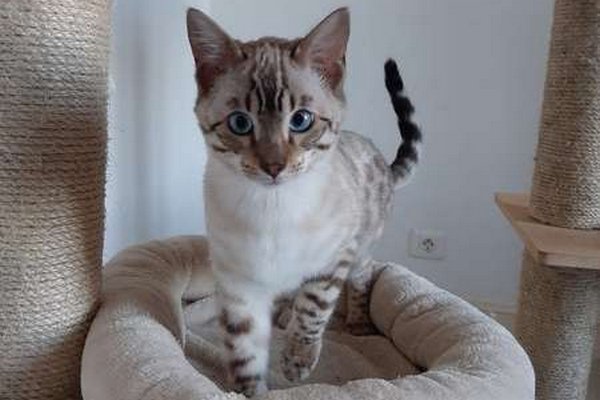Show Quality, Breeders and Pets Bengals
About Us
Reginamur is The International Cat Association registered cattery. (TICA # 33146). We are located in Philadelphia, Pennsylvania,USA. We place kittens throughout the United States and Canada.
We are a top quality Bengal cats breeders. Bengals are a beautiful exotic breed. We are dedicated to providing healthy and happy Bengal kittens with wonderful temperaments. We strive to produce kittens with flashy coat, beautiful spotted patterns, and wild type/look.
Our Bengal cats are part of our family and treated as family. Our adult cats have some enjoy going for walks on harness and leash when the weather is nice. All our cats have are PK def and PRA-b negative and screened for HCM. We are pleased to be a part of wonderful breed. We want our cats and kitten to be lifetime family members. Be ready for a very active, fun and smart cat!
Drop us a line!







Kitten Service
How It Works

Choose Your Kitten
Our kittens are ready to go to their new homes once they reach 12 to 16 weeks of age.

Make Your Deposit
A deposit is required to hold your kitten. We are able to personally deliver in short distance from home (not more than 5 hours drive).

Receive Guarantee
All of our kittens come with a contract and health guarantee, which we will send in advance.

Take Them Home
oy your beautiful new pet! Bengals make excellent companions for all ages!
Gallery
Why Choose a Bengal?
- Bengals are among the most exotic and coolest domesticated cats out there.
- Bengals are famous for their "like a dog" behavior.
- Bengals are known as very distinctive, intelligent and loyal cats with a great character. They are smart enough to be trained and able to walked on the leash.
- Bengals are hypoallergenic, meaning that most people allergic to cats will not be affected by them.
- Bengals short pelt with beautiful leopard spots gives minimal shedding and feels like velvet when touching.
- Bengals have awesome personality and are highly energetic. Kids love to play with them.
- Bengals are considered as a healthy breed with only few genetic issues related to most pure breads.
- Bengals are the size of a medium-large household cat.









